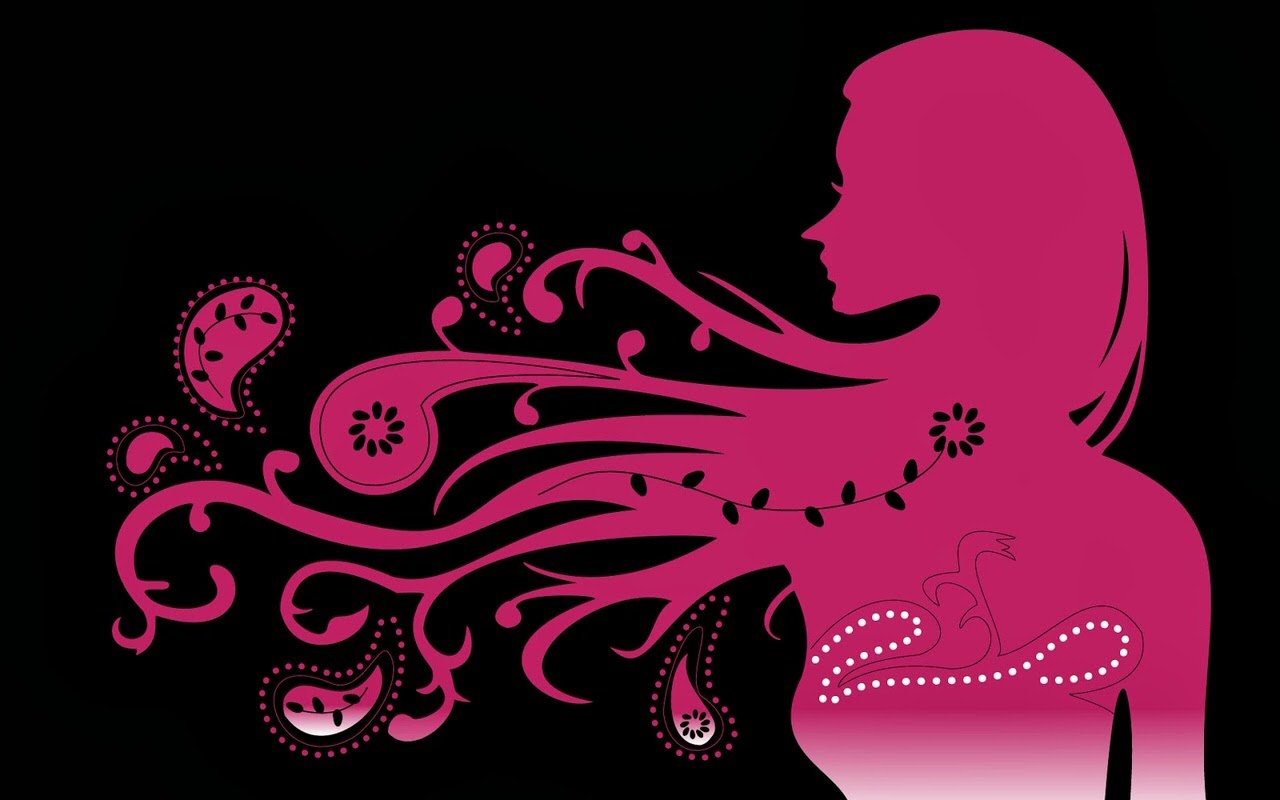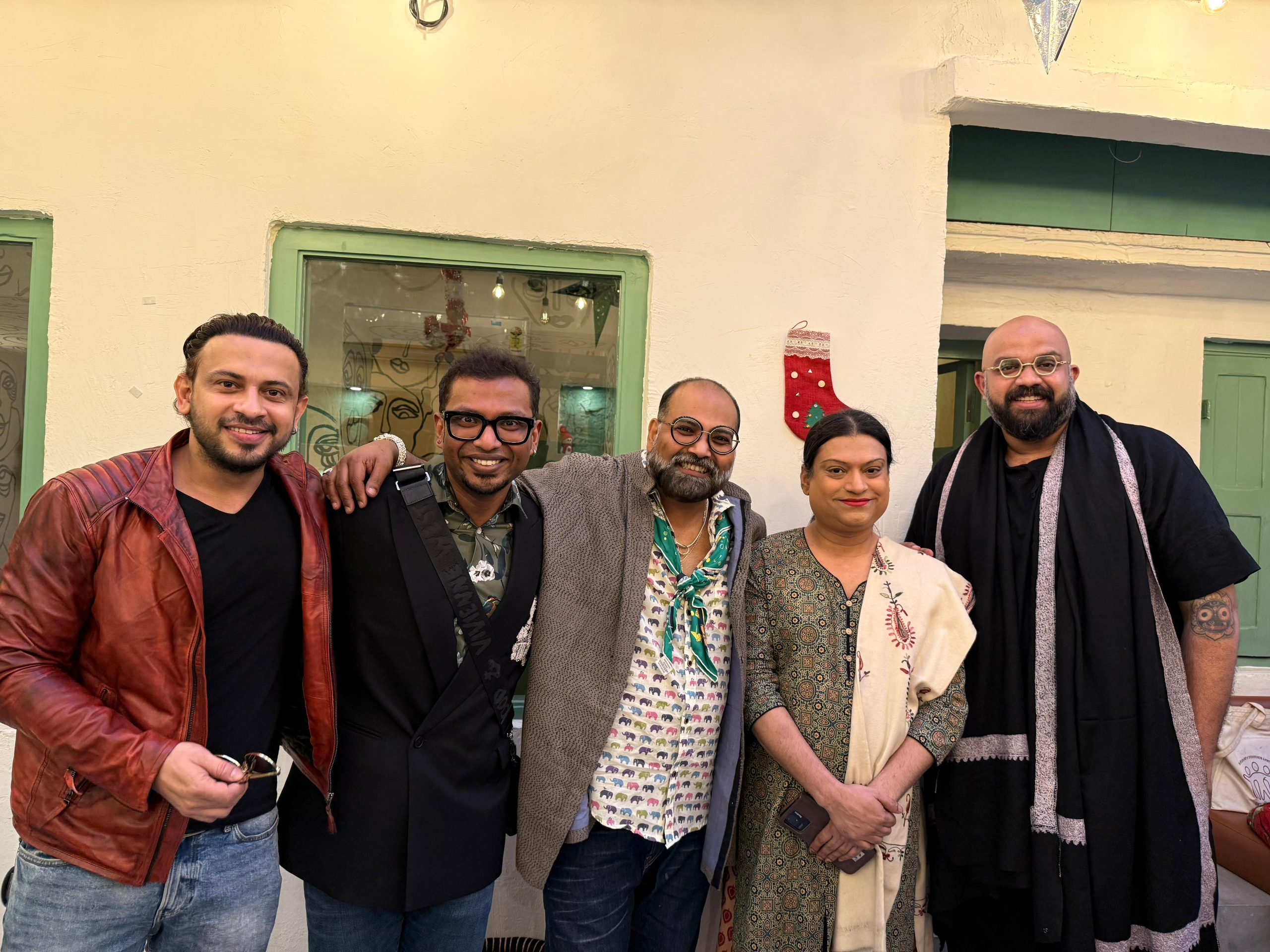All the times I’ve been asked about my favourite colour, I keep rolling my eyes from left to right but have never been able to choose. Most times, I end up replying with ‘all’. But here’s the lie. Though I’ve never loved any colour over another, I have definitely disliked one over the rest. Or rather, made myself dislike one. The colour—pink.
Pink, magenta, fuchsia, or whatever you might call the ‘pretty‘, ‘flowery‘, ‘girly‘ colour is the colour I (along with many others) have grown to vehemently dislike. The answer is simple, for many of us who (strongly) want to do away with gender stereotypes and boundaries, it has become the colour of our battlefield. Someone says the word ‘pink’, and you think of ‘women’. Is a narrower classification even possible? For those who wish to deny any such associations in their head (and I can already feel arrows marked feminazi pointing my way), let me remind you that right in the first sentence I called it a girly colour by definition, and you didn’t mind. Period.
The very fact that the colour has come to represent half the population of this earth, is not just bizarre but at one point also becomes annoying. Women are as diverse as any other being on this earth, and no, one colour doesn’t suit or define all. It takes away individuality, makes women feel like pink clad dolls symbolising femininity, who can never become blue clad, or green clad, or clad in any other colour for that matter. This rigidity and stereotyping, makes many women, like me, develop an abhorrence towards the colour. A colour which is otherwise harmless.
Also read: A Transactional, Pinkified Mother’s Day!
The resolution of our complicated equation with the colour, can only happen with a sound recognition of the problem. The problem lies not in the fact that women were given this colour to embrace, but that we were only given one colour, and given it too much. The colour could have otherwise been blue, or green, or black, or anything, and then all the aisles of baby girl clothing would have been that colour, and the problem would still exist.
The second (and perhaps the more severe) problem lies not in the fact that pink represents femininity, but that femininity has started to represent something we all dislike, even women. The need of the hour is to break open these stereotypes, peep into the drama lying within, reject it, and have an open tryst with the colour pink.

Photographer JeongMee Yoon felt her daughter’s life was being overtaken by pink. She illustrated that in this picture. [Image from www.npr.org]
The obsession with associating females with the colour pink completely overrides any such associations in the male world. While some might argue that boys are similarly associated to blue, so there is equality at least at that. There really isn’t. Even the idea of a baby boy dressed in blue shirt, blue trouser, blue shoes, blue belt seems weird, but a little girl dressed in pink frock, pink clips, pink shoes is very normal. In fact, the only kind of rule that actually exists for boys is ‘no pink‘, as was proven in a study done in 2011, where boys aged 4 shunned pink toys.
Also Read: Boyhood And The Dangers Of Toxic Masculinity
The apparent need to associate women to something, the need for symbolism is an extremely patriarchal notion. Women are, right from birth, clad in pink, surrounded in pink, and told to like pink. The conditional preference that women then harbour with the colour is later cloaked as a ‘natural‘ preference. Anything that is pink-ish, is marketed to women as being the symbol of femininity they need, and thereby femininity is marketed as the most important part of their entire existence. Most young girls grow up thinking that their sex fully depends on external factors, and they cling to the most obvious and accessible marker of femininity available to them—Pink.
While on one hand, the society makes sure that women associate strictly to femininity, it also alongside associates femininity to weakness. The market offers hardly any toy trucks, or guns or airplanes pink in colour. It offers dolls, and princesses, and soft toys. In an attempt to remain associated with their genders, small girls only pick the softer (and pinkified) things to play with, while small boys pick the stronger (and un-pinkified) things.
The act of choosing pink for girls (and by girls) isn’t really a choice anymore, it is a coercion, a coercion that is backed by a horrendous amount of money in marketing. The business strategy employed here is inescapable. By limiting all girls’ stuff to a single colour, the lack of options available aided by the huge demand of pink (underlying the forceful inclusion of young girls in the girly world) creates a flourishing market space.

Young girls are made habitual and are constantly reinforced to adhere to their ‘pink’ femininity. [Image from www.telegraph.co.uk]
Also read: Monster Trucks for Boys and Tiaras for Girls: Pointlessly Gendered Products
There have been various attempts to recover the harm caused by the colour and to the colour, pink. By making it a symbol of Breast Cancer Awareness, it came to represent health, vigour and liveliness. The weakness that has been attributed to it, was expected to change to hope, fight and life. But it did not really happen. A scientific study conducted at the Rotterdam School of Management at Erasmus University revealed that women were less likely to give an affirmative response to Breast Cancer campaigns when the colour pink was used. The colour triggered a defence mechanism in women, and made them feel that they were not likely to have breast cancer; while using a gender neutral presentation made them more inclined to consider breast cancer as a serious threat.

Mumbai’s Chhatrapati Shivaji Terminus (CST) lit up in pink to support Breast Cancer awareness. [Image from www.firstpost.com dated 12 october 2015]

Gulabi Gang in Allahabad on July 6, 2009. [Image from nytlive.nytimes.com]
A similar deconstruction of stereotypes around the colour was seen when a Bollywood movie based on three strong, independent women was named Pink. The movie dealt with women’s autonomy, agency, respect and courage. It was nothing like the colour is popularly viewed, but it was everything the colour could be. The movie was widely appreciated and remained in the media coverage for a long time.

Pink movie poster. [Image from boxofficecollectionreport.com]
Having discussed the above scenarios and conditions, it is clear that the relationship women share with the colour pink is extremely complicated. Avoiding it completely for its negative attributions would mean playing along with the patriarchal concept that pink is femininity, and femininity isn’t desirable. On the other hand, embracing it like a pink ghetto would mean conforming to the gender stereotypes, and getting drowned in the pink marketing strategy.
The only solution perhaps lies right in the middle. It is time that parents start picking other colours for their daughter, and some pink for their sons. It is time that princesses start coming in every colour, and so do toy trucks, and both be available for all. Pink can join the other colours in the VIBGYOR, to become just a colour, and women can step out of their pink boxes to a more colourful world filled with limitless possibilities (one possibility would of course, be pink).
Featured Image Credit: www.hdwallpaperse.com
About the author(s)
Aqsa writes on the intersections of identity and society, exploring how these layers shape people’s lives and perspectives. With a background in literature and cultural studies, her work reflects a belief that stories can create space for empathy and new ways of seeing. Outside of writing, she enjoys reading and gaming, always chasing stories in one form or another.





